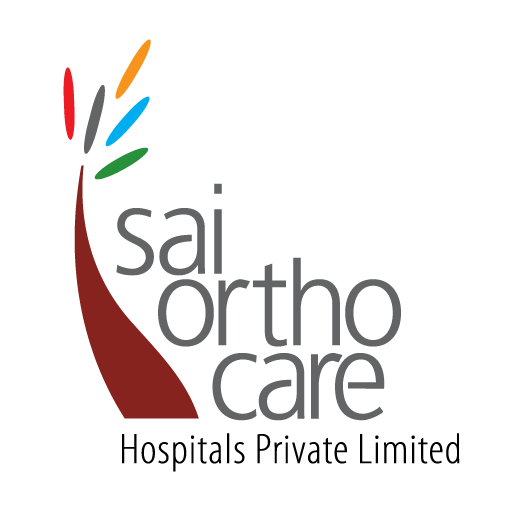SPLINT:
Any material used to support a fracture is known as splint.
- Unconventional.
- Conventional.
INDICATIONS:
- Temporary immobilization of sprains, fractures and reduced dislocations.
- Control pain
- Prevention of further soft tissue or neurovascular injuries.
CRAMER-WIRE SPLINT:
- Ladder splint.
- Used temporary splint for fractures during transportation.
- Made of 2 thick parallel wires with interacting wires.
- Can be bent into different shapes.
THOMAS KNEE-BED SPLINT:
- Initially used for immobilization for tuberculosis of the knee.
BOHLER BRAUN SPLINT:
- ADVANTAGES: Angle of traction can be changed without changing traction arrangements. Simultaneous tractions possible.
- DISADVANTAGE: Not suitable for transportation.
DENNIS BROWN SPLINT:
COCK-UP WRIST SPLINT:
TAYLOR’S BRACE:
CARE OF A PATIENT IN A SPLINT:
- Splint should be properly applied, well-padded at bony prominences and at the fracture sites.
- Bandage of the splint shouldn’t be too tight nor too loose.
- Patient should be encouraged to actively exercise the muscles and the joints inside the splint as much as permitted.
- Any compression of nerve or vessel should be detected early and managed accordingly.
- Daily checking and adjustments should be made.
AEROPLANE SPLINT:
MILWAUKEE BRACE:
TRACTION:
Traction is a method of restoring alignment to a fracture through gradual neutralization of muscular forces.
USES:
- Reduction of fractures and dislocations.
- Immobilizing painful and inflamed joint.
- Preventing deformities.
- Correction of soft tissue contractures.
TYPES OF TRACTION:
- FIXED TRACTION
Counter traction is provided by the part of the body.
- SLIDING TRACTION
Weight of the body under influence of gravity provides counter-traction.
METHODS OF APPLYING TRACTION:
- Skin traction:
- Adhesive/non adhesive strap is applied on the skin and traction is applied.
- Acts over large area.
- Maximum weight permissible 6-7kg.
- Skeletal traction:
Traction applied through pin/wire driven through bone.
| SKIN TRACTION | SKELETAL TRACTION | |
| AGE | Children | Adults |
| APPLIED WITH | Adhesive plaster | Pin,wire |
| APPLIED | Skin | Bone |
| SITE | Below knee | Upper tibial pin traction |
| Wt.PERMITTED | 3-4 kg | 20kg |
| DURATION | Short | long |
COMPLICATIONS OF TRACTION:
- Over distraction.
- Loss of position.
- Pressure sores.
- Tin track infection.
- Injury to vessels or nerves.
CARE OF PATIENT IN TRACTION:
- Traction should be made comfortable.
- Proper functioning of traction unit must be ensured.
- Sensation over toes and fingers should be normal.
- Proper position of fracture ensured by taking check x-rays in traction.
- Physiotherapy of limb should be continued to minimize muscle strength(wasting).
